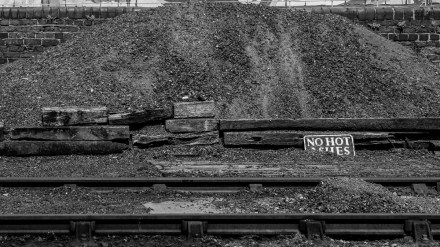To meet India’s energy goals, the government has been investing significantly in renewable energy, but it is impossible to do away with thermal energy overnight. At present, almost 75 percent of the country’s energy need is met by thermal plants of which 51 percent are primarily coal-dependent. However, the Govt is keen to reduce this significantly as India progresses towards its net zero target in 2070.
In a select media interaction, Amrit Lal Meena, Coal Secretary stated that India is committed to walk the path of net zero emissions and will pursue a balanced growth model base on the principles of ‘Common but Differentiated Responsibilities and Respective Capabilities’ (CBDR-RC). He is optimistic that by 2030, commercial players could contribute almost 20-25 percent of India’s coal needs. The peak capacity of coal-based energy is expected in 2040, but in percentage terms, this would be just 30-31 percent of India’s energy needs, the rest being met from other sources.
For this, the government was exploring new mines, and trying to reduce import dependency. In FY2023, India consumed almost 1.1 billion tonnes of coal for its energy needs, of which 892 million tonnes were produced locally and 200 million tonnes (of high quality) was imported. Going forward almost 90-100 million tonnes can be further locally sourced.
Meena also stated that the government has opened up the coal sector for private players and is currently working on the 7th round of allocations for the coal mines. “The response has been positive from not only companies who need coal for their operation but also from organisations who are coming in for trade. We are also positive on starting exports by FY2026.”
“Around 50 lakh people are dependent directly or indirectly on the coal mining sector across India. We have to take a balanced approach in meeting our energy needs, the livelihoods and the global climate change,” he added.
While on one hand, solar power and wind power have reached a capacity of 64.38 GW and 42 GW respectively, one has to understand the limitations of the technology. For instance, the requirement of a huge parcel of flat land makes it difficult to be set-up in regions like the north-east of India. Then there is the challenge of storing the energy produced.
